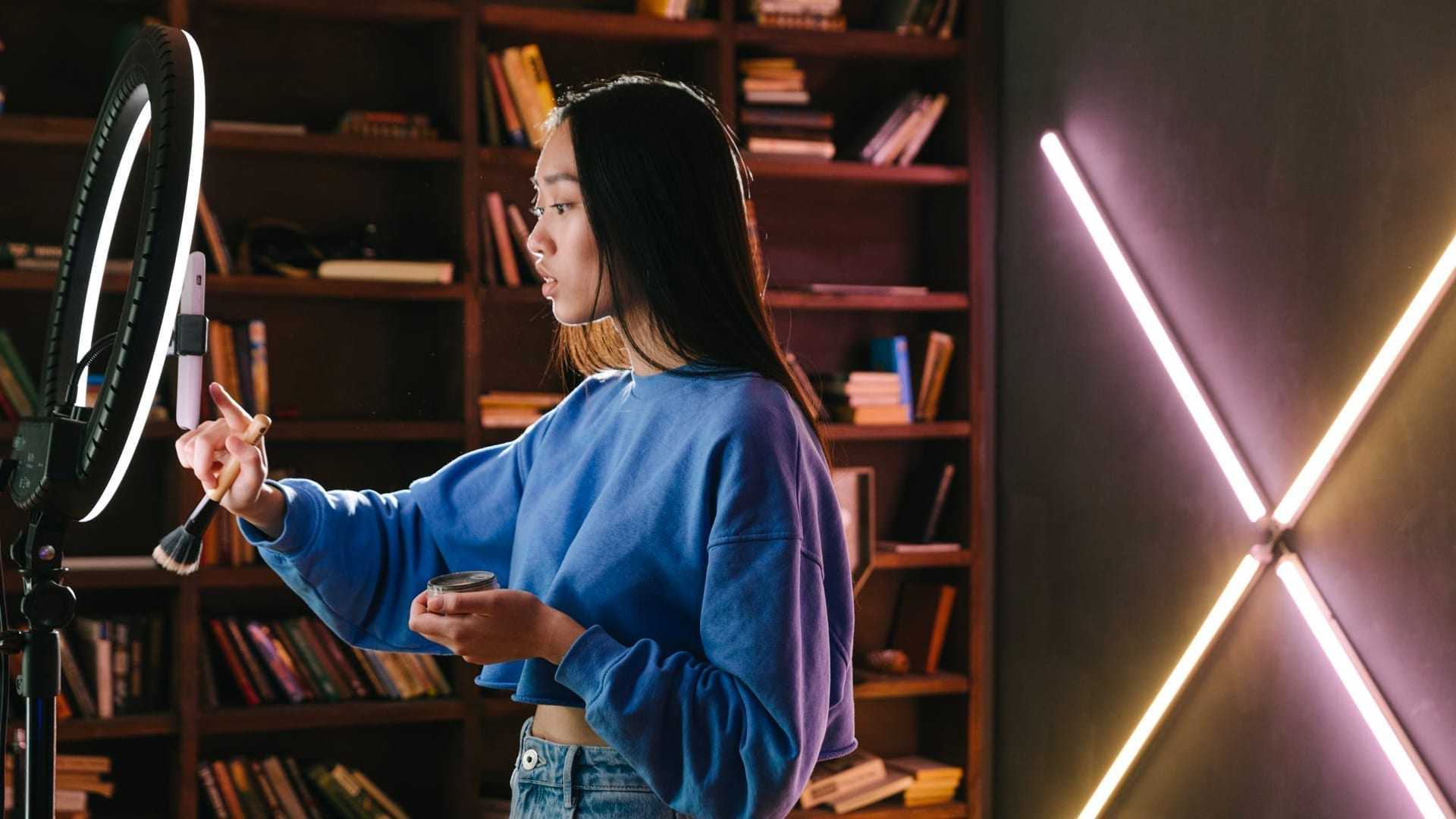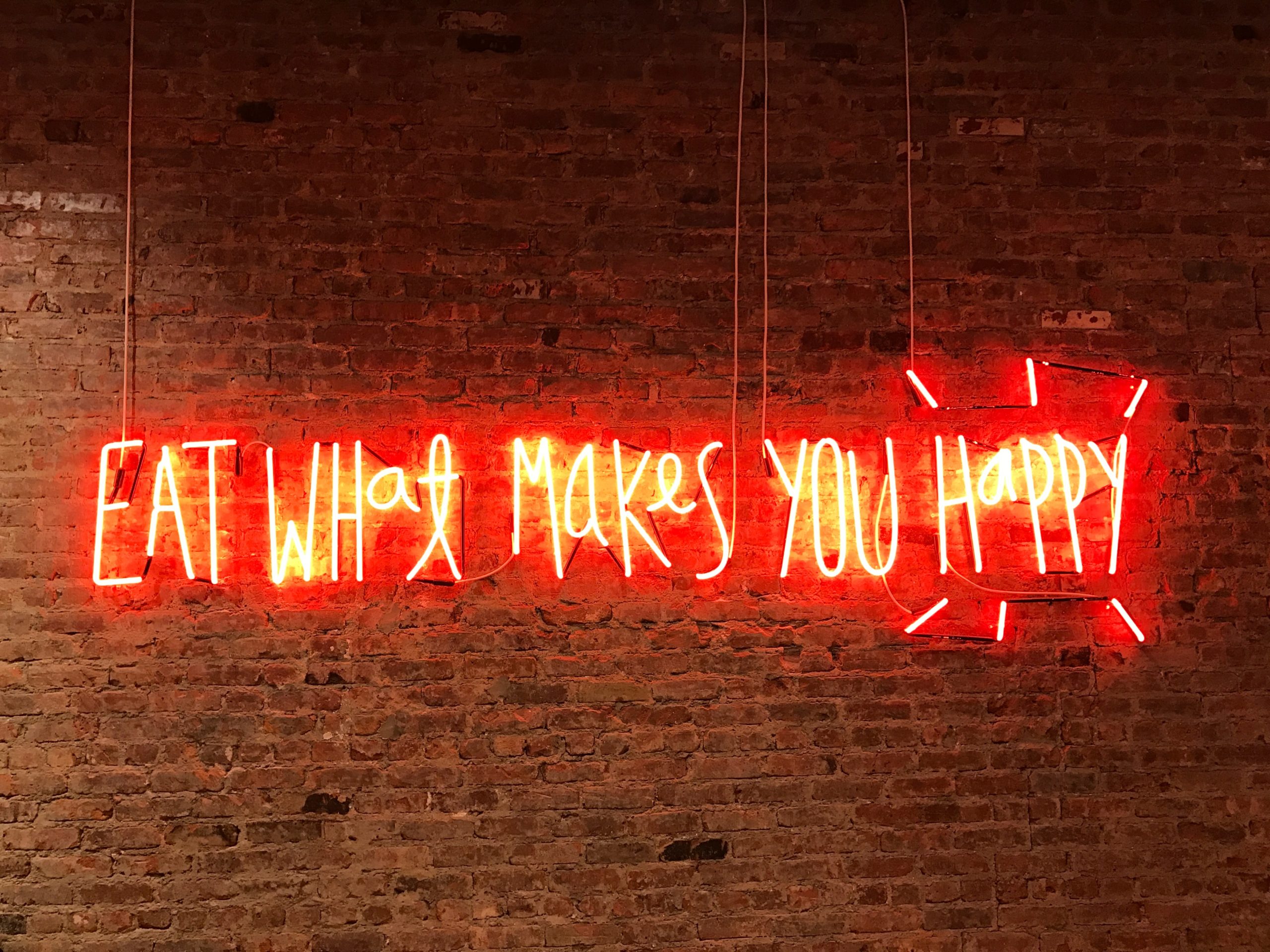Last week, I watched live presentations, got exposed to some pretty cool case studies, and learned about the road ahead for influencer marketing at a (still virtual) Social Media Week.

While we all miss the networking, excitement and inspiration we feel when we walk away from an IRL event, there is a benefit to being able to go back and re-watch missed sessions (or press pause to screen-shot key learnings). The conversations had a different feel than in the past, reflecting the strangeness of 2020, but there were some insightful takeaways that brands should consider as they continue to build, evolve and develop influencer campaigns this year and beyond.
How Will Platforms Incorporate Audio?
Right now, audio seems to be a hot topic of conversation among social platforms. Since the launch of Clubhouse in 2020 (if you need an invite, reach out!), nearly every established social platform, from Twitter to Instagram to Facebook (not to mention all of Clubhouse’s competitors), has been working quickly to figure out how to leverage the audio moment
At this moment, as these platforms grow, develop and evolve (there’s still so much to learn about them!), brands need to choose between Clubhouse, Twitter Spaces, or the other options that are rolling out. Eventually, there could be a place for different platforms, at different times, depending on what’s right for the brand. But for now, first and foremost, one consistent message is that brands should listen closely (literally, in this case) before diving in headfirst.
From an influencer perspective, as brands start to dabble in this space, it’s important to know that there are new influencers who are building their presence in the space quickly alongside established creators and influencers from other platforms. When brands are ready to host a chat or event on Clubhouse, it will be very important to partner with influencers who are seasoned moderators, and who are capable of presiding over human discussions in real time.
If brands are ready to dabble in this space (especially in Clubhouse), they have to let go a little of being solely metrics-driven for this type of activation, because that information is just not available yet. That’s not to say this will always be the case, but the newness of the platform doesn’t yet allow for providing those insights.
TikTok is Not Slowing Down
Similar to audio, TikTok has seen exponential growth and evolution over the past year. A huge takeaway, shared by TikTok directly, is that the most successful brands on the platform find a way to remake relevant content in their own unique way, versus just copying a trend outright. Choosing the right trend, finding the right influencer partners, and working with them to put the brand’s own spin on it, are the key steps to crafting content that resonates with the audience.
Some simple considerations when executing a TikTok influencer campaign include:
- Lean into the community. There are so many different communities and sub-communities — which are the ones that will resonate with your brand?
- The type of content matters. Entertainment and fun are the basis of the platform, so program accordingly. Fast food and beauty have really crushed it as categories on TikTok, and they have definitely had fun with their content over the past year.
- Important to remember: Attention should be the outcome, not the goal.
Influencer Marketing’s Continued Growth Trajectory
This likely won’t surprise anyone, but the growth of influencer marketing in 2020 continues into this year. As we continue to develop influencer marketing campaigns for our brands, the most basic principles remain true:
- Listen to influencers and creators. It’s important to know the influencer’s existing content and then figure out if your brand fits within it, versus trying to force something that isn’t a fit for either.
- The content should be relatable to the audience, and not necessarily over-produced. It’s even more important to remember that this is not an ad. It’s a reflection of a brand, and a targeted marketing tactic, but it should feel like it shares the creativity and essence of the influencer’s channel(s) that the audience expects to see.
- It’s crucial to ensure there is diversity in influencer campaigns, as a true reflection of the audience.
- Keep an eye on direct-to-fan relationships: With the rise of Cameo, there’s also an idea that influencers and consumers are “co-creating” content. Influencers (and celebs) are seeing that investing in their fanbase is turning casual fans into more serious super-fans, which potentially pays off dividends in the long run.
There was a so much great content at Social Media Week, so if anything here sounds inspiring for your influencer program this year – reach out! There are so many exciting opportunities ahead, and we can help navigate the complexities and nuances of the influencer ecosystem.



